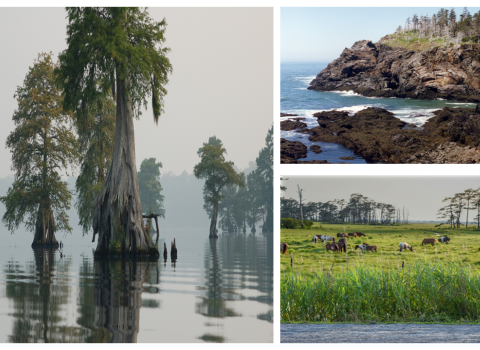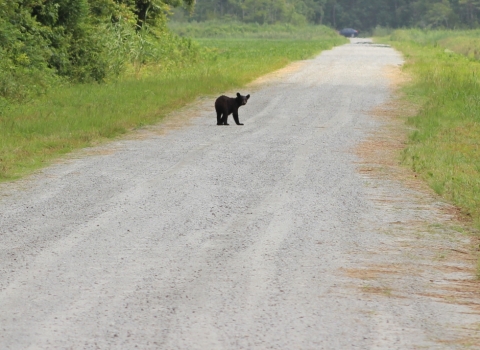Eight geographic areas have been identified for the effort, encompassing lands that normally flood after significant storm episodes or when the Trinity River rises above its banks. They include McCardells Lake, Gramma Grass Bottom, Wirt Davis, Tanner Bayou, Capers Ridge, Gillen Bayou, Day Lake, and Demijohn Lake.
Conservation of biological resources will be accomplished through public and private programs with landowners who wish to participate in the effort. Options will include technical assistance, cooperative agreements, conservation easements, leases, and purchase of land by Federal or State agencies and private organizations.
Agencies participating in the effort include the U.S. Fish and Wildlife Service, Texas Parks and Wildlife Department, Texas Department of Transportation, and the U.S. Department of Agriculture. Conservation interests include the Houston Audubon Society, The Nature Conservancy of Texas, the Trust for Public Lands, Conservation Fund, Galveston Bay Foundation, Sierra Club, and Legacy Land Trust.
The U.S. Fish and Wildlife Service is the principal Federal agency responsible for conserving, protecting, and enhancing fish and wildlife and their habitats for the continuing benefit of the American people. The Service manages the 93-million-acre National Wildlife Refuge System comprised of more than 500 national wildlife refuges, thousands of small wetlands, and other special management areas. It also operates 66 national fish hatcheries and 78 ecological services field stations. The agency enforces Federal wildlife laws, administers the Endangered Species Act, manages migratory bird populations, restores nationally significant fisheries, conserves and restores wildlife habitat such as wetlands, and helps foreign governments with their conservation efforts.


